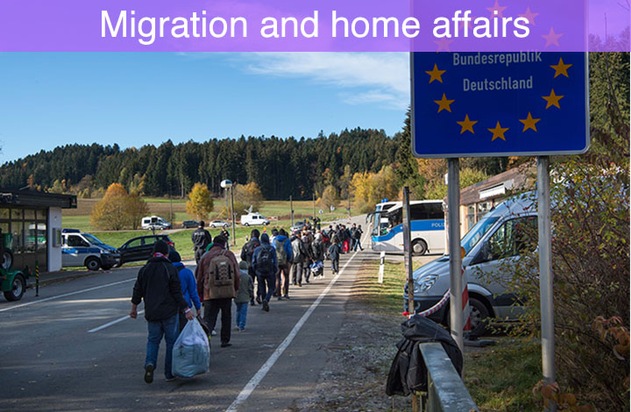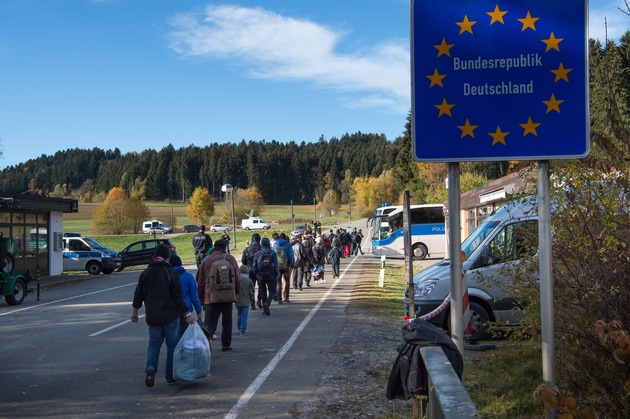The Dublin Regulation
Under the Dublin Regulation, the country through which an asylum seeker first enters the EU must process that person's asylum application. The regulation requires member states to register and fingerprint every arriving migrant. If the applicant is picked up in another EU country, he can on principal be sent back to the country of arrival. The Dublin system is meant to ensure that each applicant is processed by one member state only. The regulation is a piece of EU legislation that was agreed in 1990 in the Irish capital Dublin and has been revised a number of times since. Its current version is known as Dublin III. Apart from the EU member states, Iceland, Norway, Switzerland and Liechtenstein also apply the provisions of the regulation.
This interactive infographic illustrates which countries have given shelter to most refugees and their countries of origin: http://dpaq.de/KyOOm
In the face of the increasing numbers of refugees, as well as the fact that the EU has grown significantly since 1990, the Dublin system has not been functioning properly in recent years. In 2015 and 2016, some countries along the so-called Balkan route let people simply pass through their territories. German authorities also temporarily stopped applying the system for Syrian refugees in the late summer and autumn of 2015 and in addition stopped returning migrants to other EU member states.
As a result of these issues there have been calls for some time now for a thorough reform of the Dublin system. One hope is to distribute asylum seekers more evenly across the EU. However, a lack of cooperation among several member states has meant that so far the plan has failed. Acceptance for the concept of fixed refugee quotas for individual member states has also not been sufficient so far.
[Attention: These images are intended exclusively for editorial use in connection with the current coverage and may be used only when using the copyright notice "Photo: dpa".]

